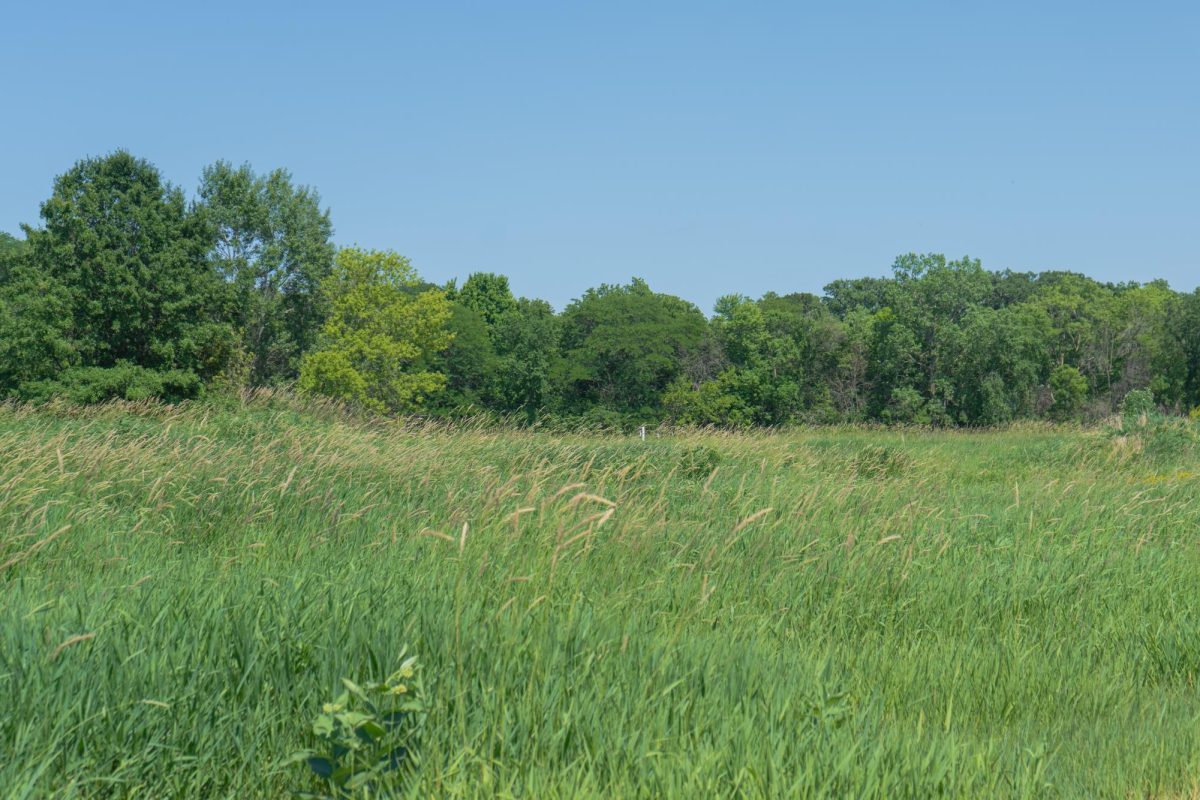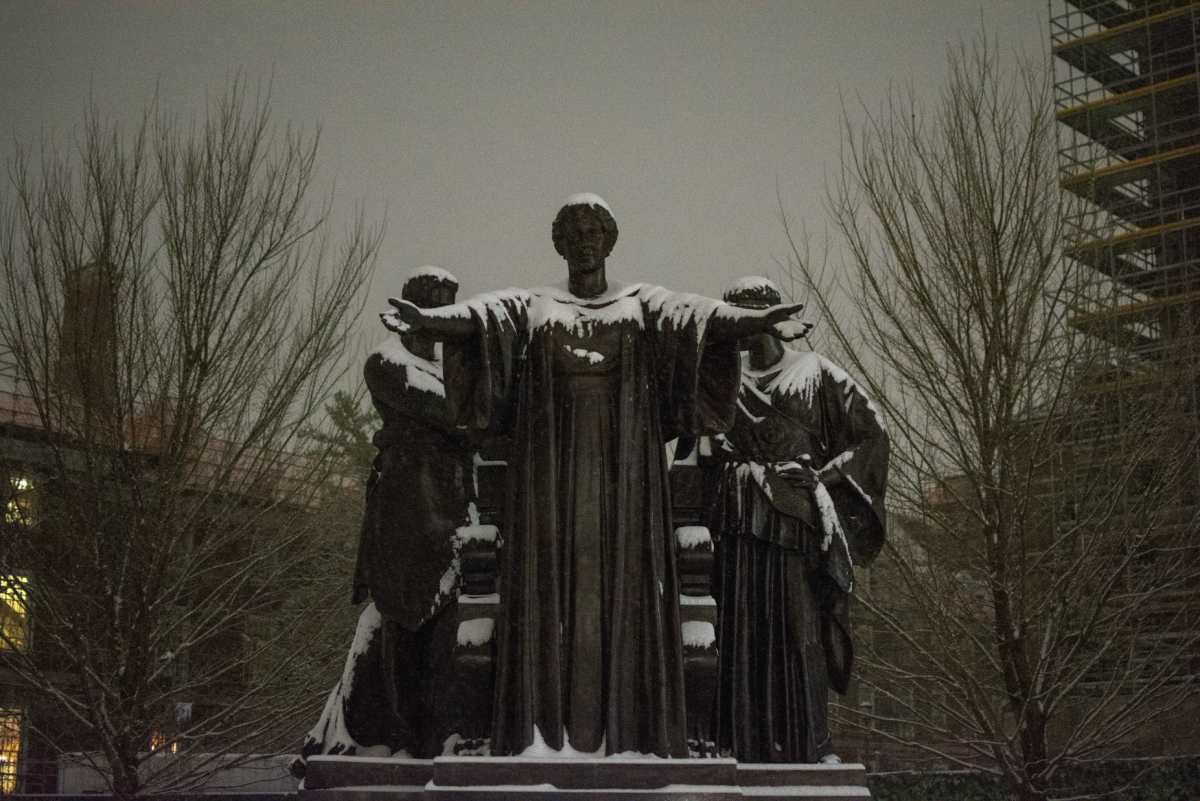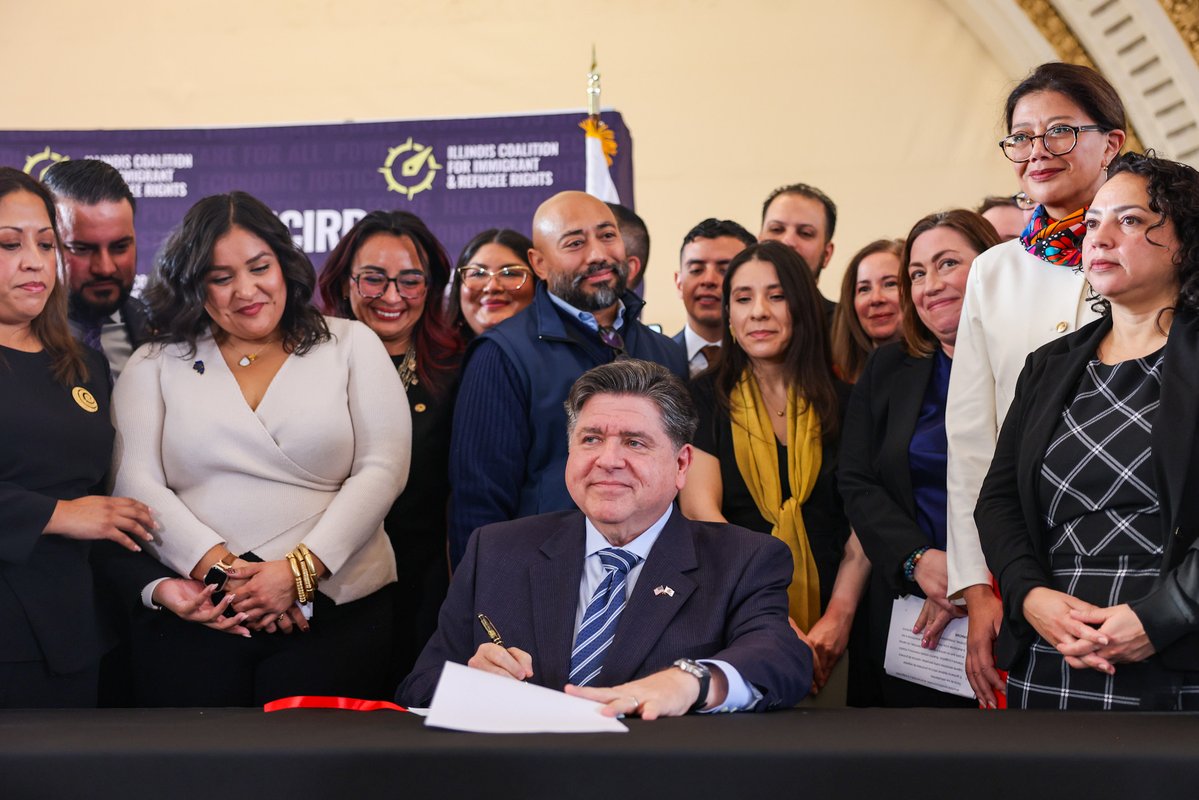Last updated on July 9, 2024 at 01:56 p.m.
Hundreds of phones across the state of Illinois blared with an alert from the National Weather Service on the evening of May 21. The alert warned people of the near zero visibility due to an impending storm blowing dust across multiple interstate highways.
After the dust storm in April of 2023, which caused a major car crash on I-55, resulting in the deaths of at least six people, the recurring weather phenomenon has become a cause for concern among many residents of the Midwest.
Andrew Margenot, professor in Agricultural, Consumer & Environmental Sciences at the University, drew parallels from today’s weather to the 1930s Dust Bowl.
“The Dust Bowl was, like, apocalyptic levels of dust. We’re thankfully well away from that.” Margenot said. “Have we gotten better? Yeah, but have we solved it? No, we haven’t.”
Get The Daily Illini in your inbox!
According to Margenot, one of the main causes of dust storms is the tilling, or breaking up of the soil, that farmers do in order to plant their crops.
“Farmers typically till their fields. People have been tilling soil forever, as long as we’ve farmed as a species,” Margenot said.
When loose topsoil from tilling mixes with high wind speeds and dry weather, the soil lifts into the air, resulting in dust storms. These storms are dangerous as the dust can cause low visibility for drivers and damage the respiratory system if inhaled.
Margenot pointed out that other states, not just Illinois, have been experiencing severe dust storms as well.
“If you go further west, like North Dakota, South Dakota, they’ve been having serious dust storms,” Margenot said. “But there’s less people there so it’s gotten less attention than out here.”
Robert Hirschfeld, University alumnus and director of water policy of Prairie Rivers Network, an environmentalist nonprofit in Champaign, explained some of the ways farmers can prevent environmental harm.
“Cover crops are something you could do, buffer strips, windbreaks,” Hirschfeld said. “You know we’ve taken out so many of our breaks and our trees and our buffer strips because the economic incentive is to plant every last available acre in corn and soybeans, and that has to change.”
Cover crops are planted in the off-season to keep the soil fertile and prevent erosion, while buffer strips are planted around the perimeter of a farm to catch the runoff from pesticides and fertilizers. These are measures often used on farms to prevent soil from inadvertently contaminating the surrounding environment.
Hirschfeld added that he is aware of some of the downsides to these practices, including labor and financial concerns.
“It can be more work, there can be some expenses,” Hirshfield said.
Hirschfeld also noted that despite efforts to push for more environmentally conscious farming practices, many farmers are reluctant to change.
“Some of it is that people don’t want to be told what to do with their land,” Hirschfeld said. “Part of me understands that, but I don’t want your land blowing onto the interstate. So I think there’s a cultural component there.”
Currently, the U.S. Department of Agriculture oversees a number of voluntary conservation programs. These programs allow for the state government to give farmers funding to help them implement environmental conservation measures on their farms, such as water protection, soil erosion reduction and wetland and wildlife habitat preservation.
Hirschfeld said he believes that these conservation measures are ineffective.
“We allow it to be voluntary, and we shouldn’t be surprised when people just don’t bother,” Hirschfeld said. “I think we’d be better off making a level playing field where everybody has to abide by the same rules, so it’s not a race to the bottom.”
However, Margenot said he believes there is too much pressure being placed on the farmers to change their practices.
“We have to support farmers a little bit more to help them transition,” Margenot said. “On the one hand, farmers till to farm, that’s how we get food… There is no way around that. Can we till differently? Yeah, but that’s not exactly easy.”






